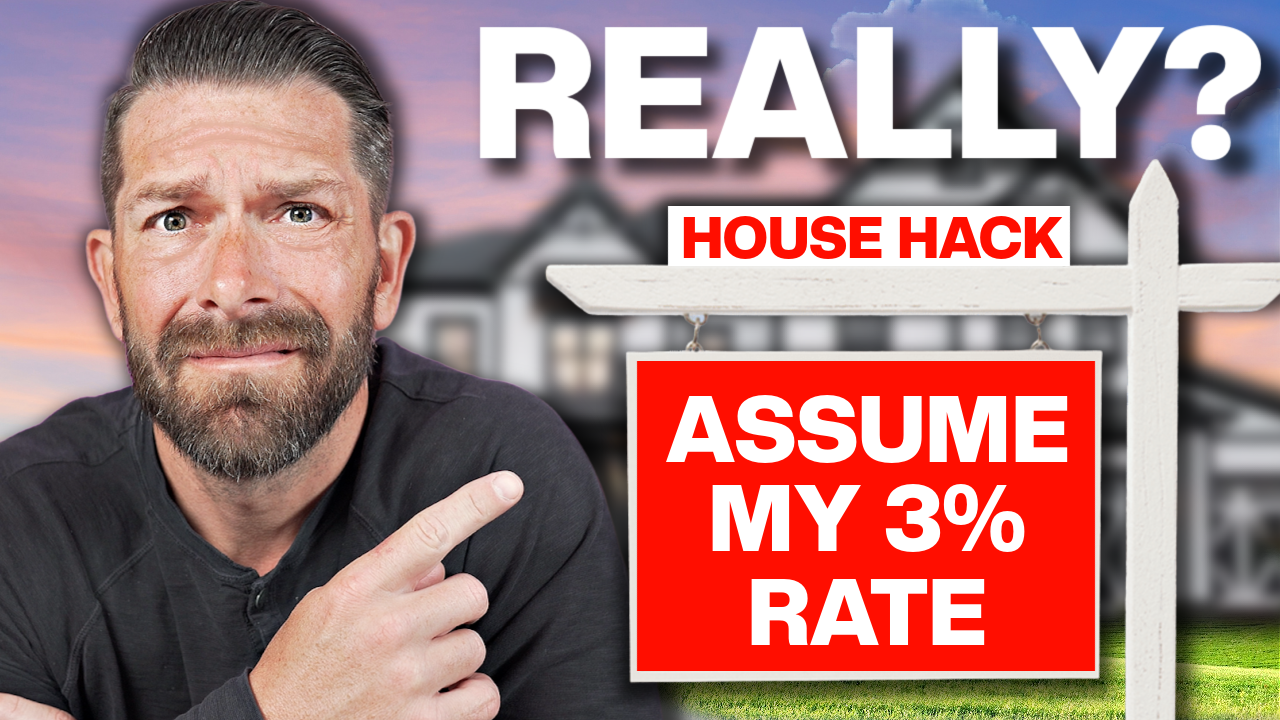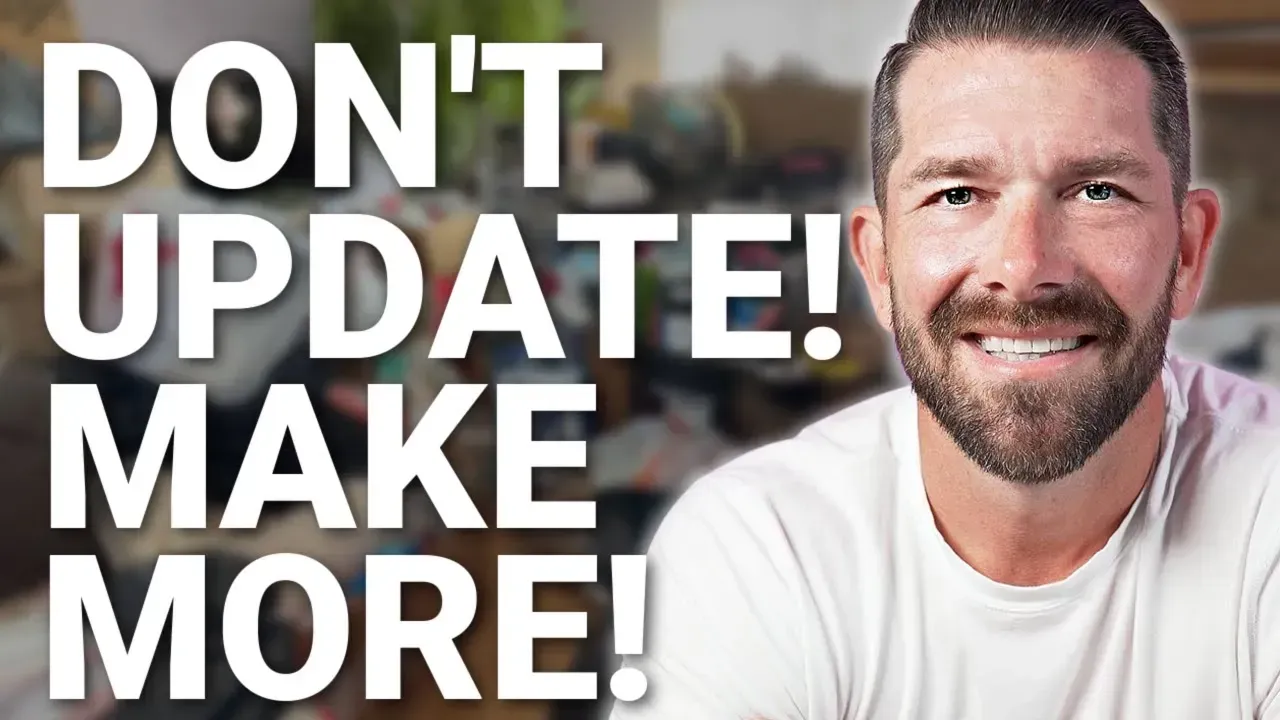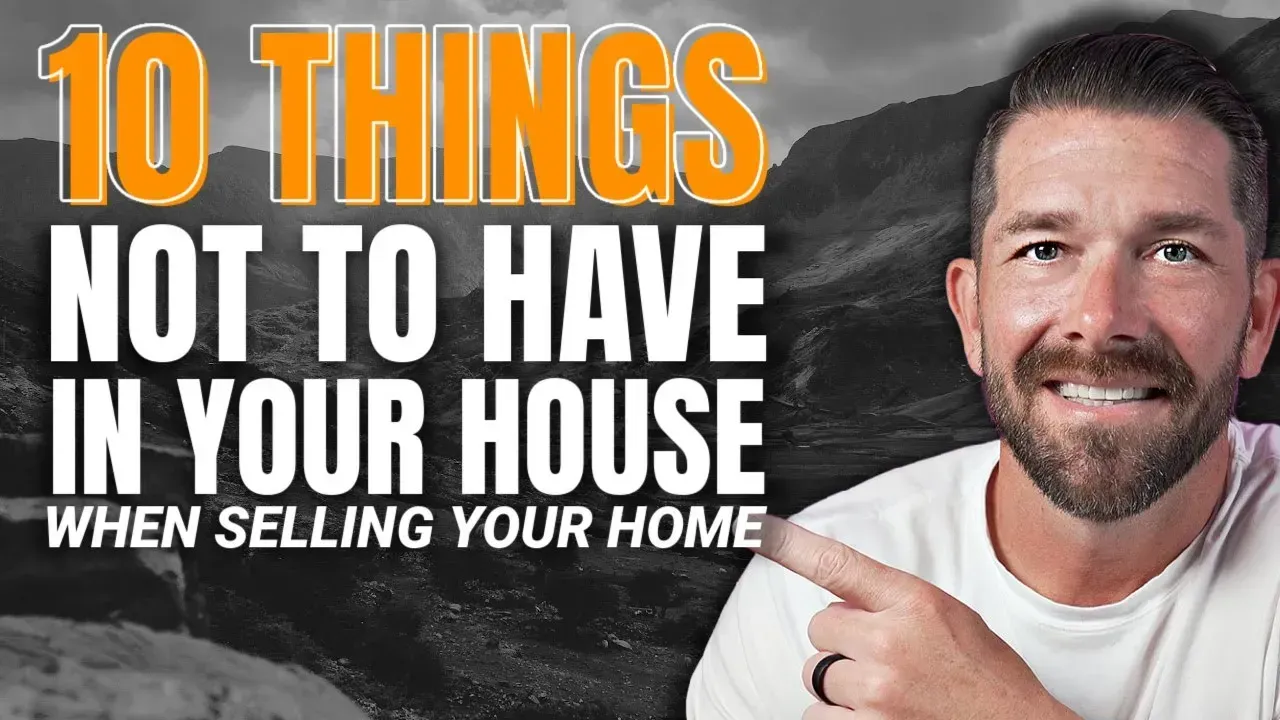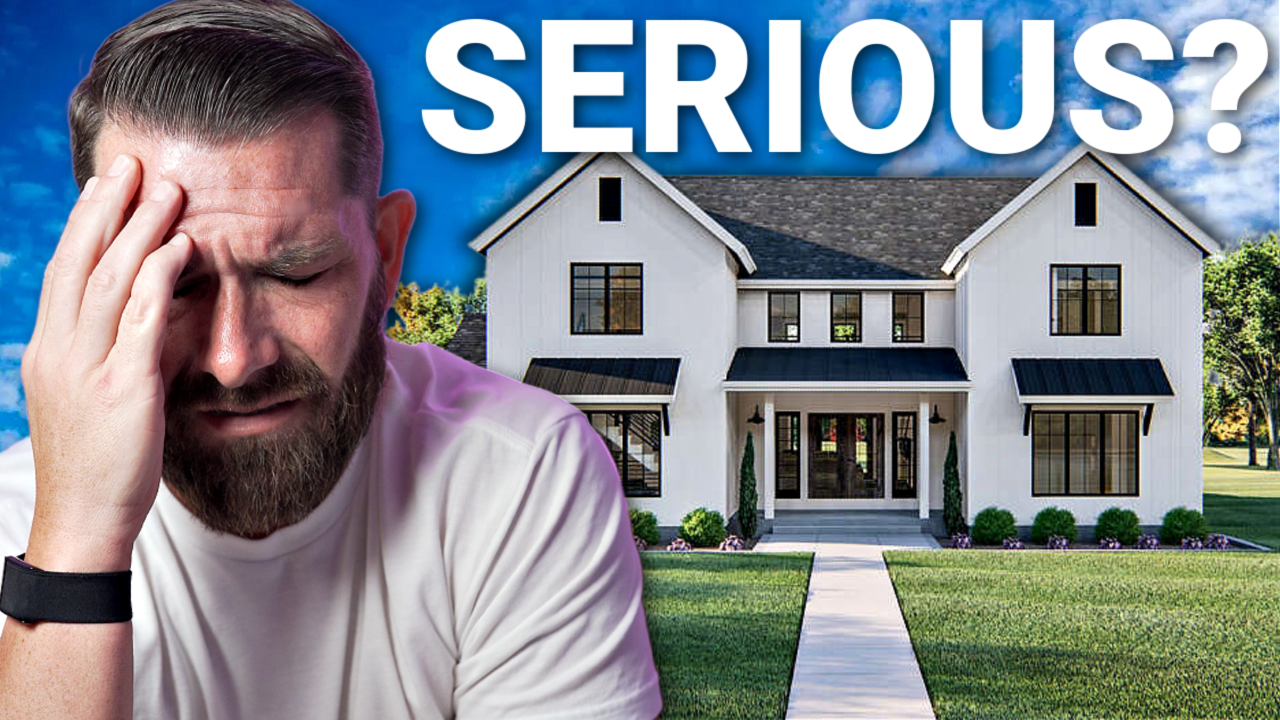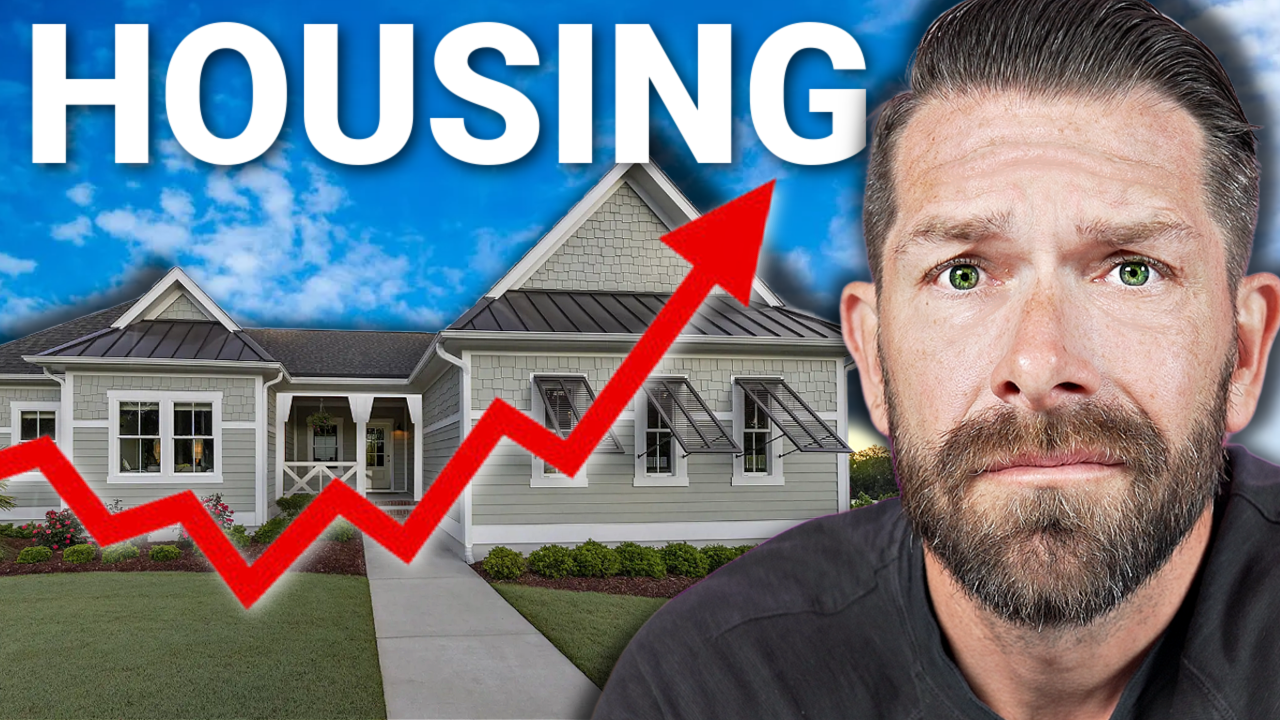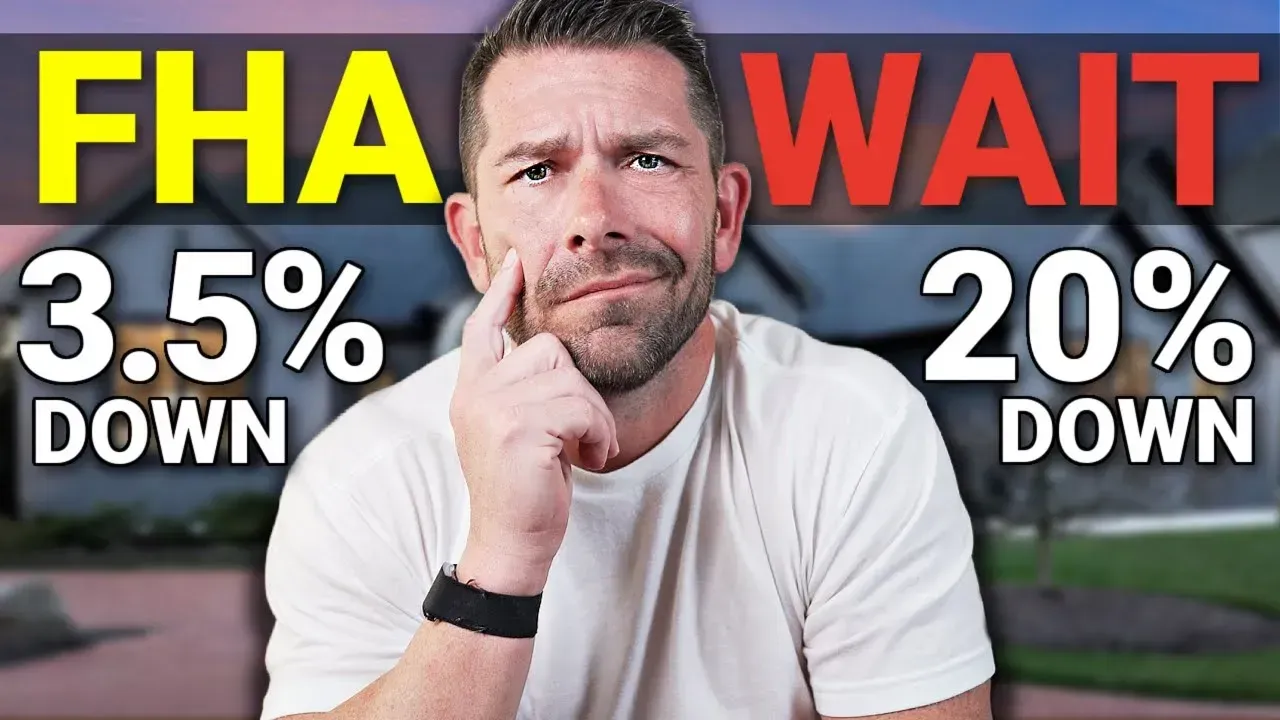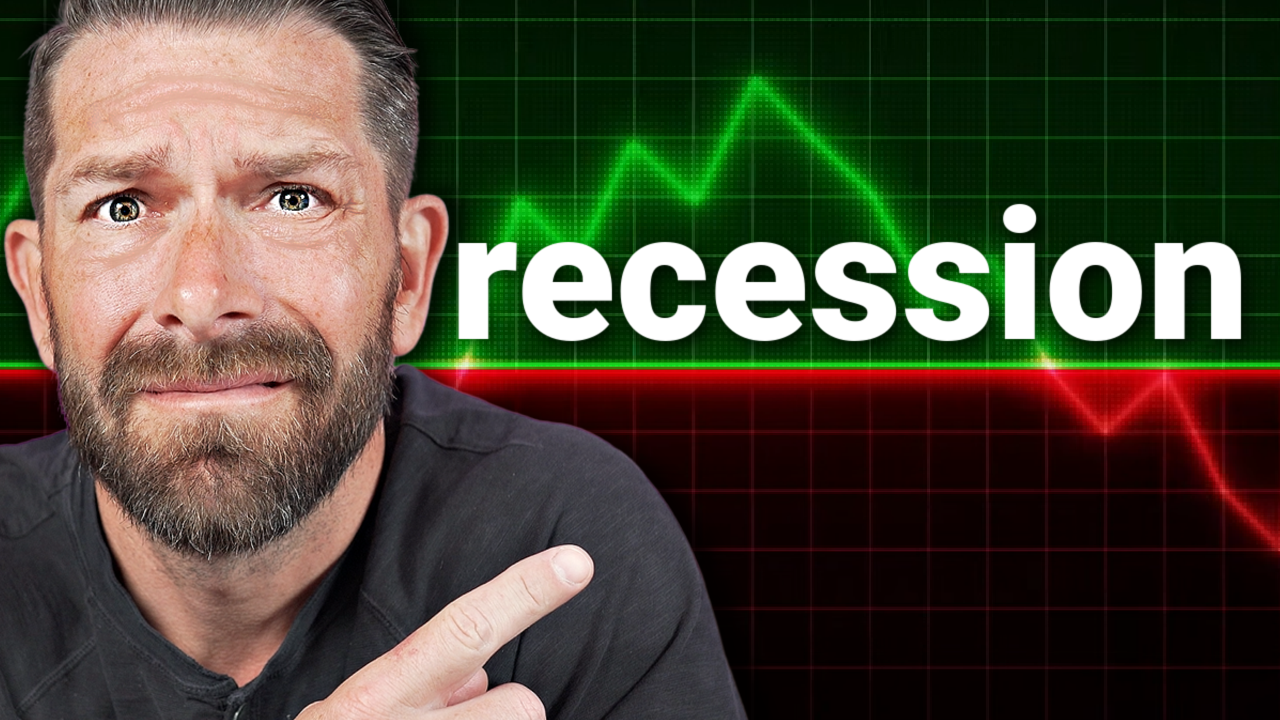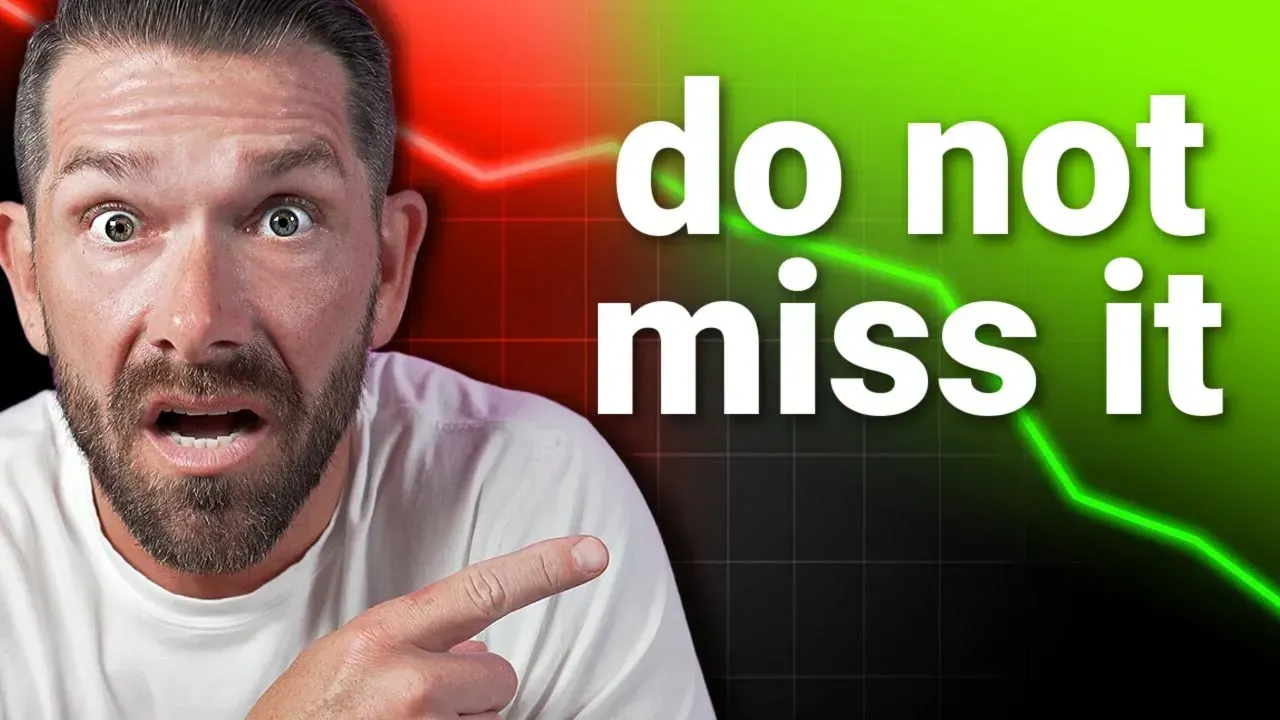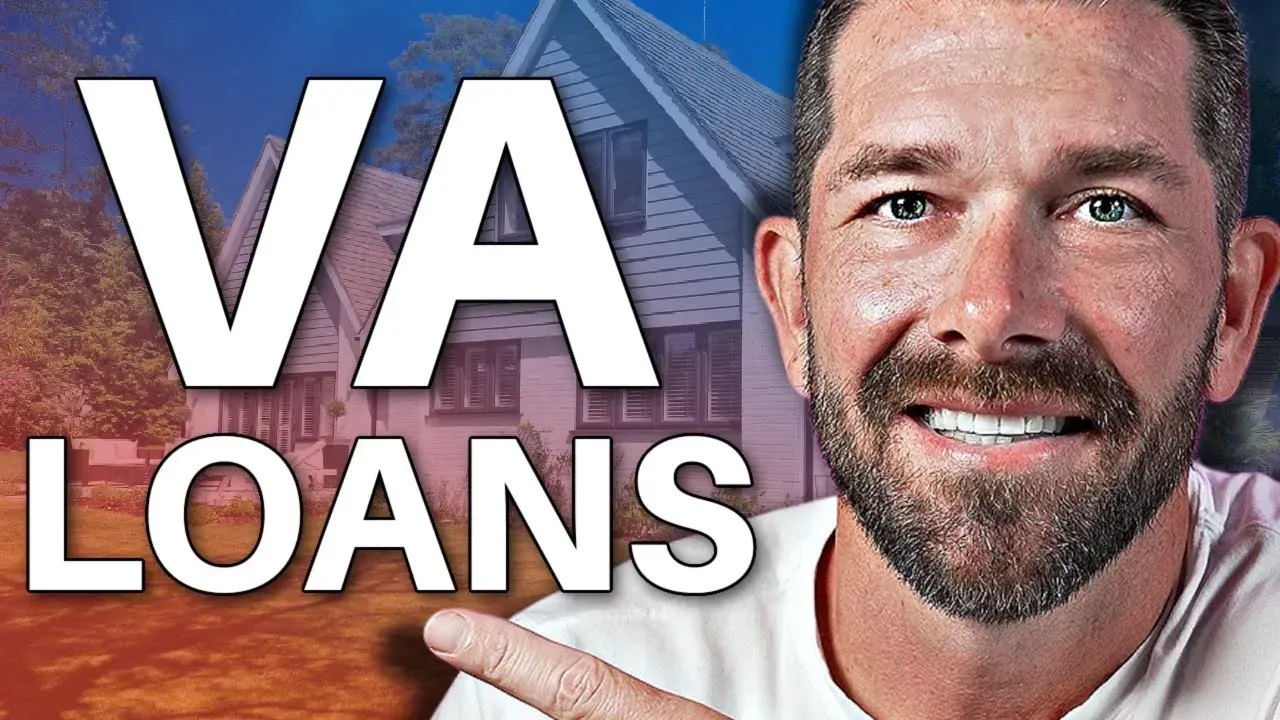Why Relying on Zillow or Redfin Could Cost You Thousands When Pricing Your Home
Get The Latest OC Housing Report
Why Relying on Zillow or Redfin Could Cost You Thousands When Pricing Your Home
The Home Pricing Mistake That Nearly Cost a Seller $180,000
You’ve probably done it. You type your address into Zillow or Redfin, eager to see what your home is worth. The number pops up, and your gut reaction is either pride or disbelief. But what if I told you that trusting those numbers could cost you tens or even hundreds of thousands of dollars?
This isn’t a scare tactic—it’s reality. Home pricing mistakes driven by automated estimates are incredibly common, and the consequences can be financially devastating.
Let me walk you through a real example that happened right here in Huntington Beach. It involves two big names in real estate tech, a 5-bedroom home, and a nearly missed opportunity to sell for full market value.
Zillow and Redfin: Marketing Machines, Not Valuation Tools
Let’s set the record straight: Zillow and Redfin aren’t home pricing experts. They’re marketing platforms designed to generate leads and traffic. Their home value estimates, known as "Zestimates" or "Redfin Estimates," are powered by algorithms—not by humans, and certainly not by professionals who’ve stepped foot in your home.
Here’s how their system works:
- They pull data on bedroom count, square footage, and lot size.
- They compare it to recent sales in your area.
- They use that aggregated data to spit out a number.
Sounds efficient, right? But here’s what they don’t account for:
- Condition of your home
- Upgrades and renovations
- View, layout, and natural light
- Street noise or proximity to high-traffic areas
- Buyer demand in your hyper-local market
The result? You get a surface-level estimate based on incomplete data—and it can swing tens of thousands of dollars in the wrong direction.
A Real-Life Case Study: Huntington Beach Home Listed at $1.65M
Let’s talk numbers.
The property: a 5-bed, 3-bath single-family home on a cul-de-sac in Huntington Beach. Just over 2,500 square feet on a 6,000+ sq ft lot.
After reviewing local comps, evaluating buyer demand, and doing a walkthrough, I recommended a list price of $1.65 million.
Before listing, I checked what Zillow and Redfin had to say.
- Zillow estimate:$1.472 million
- Redfin estimate:$1.564 million
Let that sink in.
- Zillow undervalued the home by $178,000
- Redfin undervalued it by $86,000
And yet, both platforms were willing to make a cash offer based on those values. Coincidence? Maybe. But it’s definitely a red flag.
We listed the home at $1.65M.
What Happened After the Home Hit the Market?
Here’s where it gets really interesting.
As soon as the home was listed, both Zillow and Redfin updated their estimates to match the MLS listing:
- Redfin adjusted to $1.648M
- Zillow slowly increased to $1.646M
Did they suddenly discover new data? No. They simply reacted to the market listing.
And the final sale price? $1.65M on the first weekend.
If the seller had trusted those original estimates, they could have left up to $178,000 on the table.
Why Automated Estimates Can’t Replace Local Expertise
The big takeaway? Zillow and Redfin are reactive, not predictive.
Their estimates fluctuate based on listings, not market conditions. That means your pricing is being influenced not by actual comps, but by what others choose to list for. If one neighbor underprices their home, it drags down everyone’s Zestimate.
Here’s what a real real estate professional offers that an algorithm can’t:
- Local market knowledge
- On-the-ground experience
- Nuanced analysis of condition and upgrades
- Strategic pricing for maximum exposure and demand
Algorithms are useful tools. But they’re just that: tools. They should never be your only resource when determining your home’s value.
Pricing Strategy: 3 Approaches (And Which One Actually Works)
If you’re getting ready to sell, here are the three common pricing strategies:
1. Price Low to Create a Bidding War
This strategy aims to generate massive interest by listing below market value, with the hope of sparking a bidding war.
Pros:
- Increased traffic and showings
- Multiple offers possible
Cons:
- If you don’t get multiple offers, you’re stuck with a low offer
- Hard to raise price once listed
2. Price High and Drop Later
Some sellers want to "test the market" and start high, planning to reduce the price if it doesn’t sell.
Pros:
- Creates negotiation room
Cons:
- Longer time on market
- May signal something is wrong with the home
3. Price at Fair Market Value
This is the most effective strategy, especially in a shifting market. You base your list price on:
- Recently sold comparable homes
- Adjustments for condition and features
- Local market trends
Why it works:
- Attracts serious buyers
- Generates solid offers
- Shortens time on market
The Hidden Risks of Mispricing Your Home
If You Underprice
- You risk losing out on significant equity
- Automated platforms anchor public perception too low
- Buyers use those estimates to justify low offers
If You Overprice
- Your home sits on the market longer
- Interest fades
- You may end up accepting less than if you had priced correctly from the start
Mispricing doesn’t just affect your sale—it can affect your next purchase, your financial plans, and even your retirement.
How to Accurately Price Your Home in Today’s Market
So what should you do instead of trusting an algorithm?
Use Comparable Sales (Comps)
Look at:
- Similar bedroom/bathroom count
- Square footage
- Lot size
- Upgrades
- Location and view
Adjust Like an Appraiser
If no perfect match exists (and it rarely does), make adjustments based on:
- Condition
- Layout
- Lot premium
- Demand levels
Consult a Local Expert
You need someone who knows your neighborhood, understands buyer psychology, and can interpret the data with context.
Final Thought: Don’t Let an Algorithm Decide Your Financial Future
Here’s the bottom line:
- Zillow and Redfin are great for browsing homes
- But when it comes to home pricing, they’re not enough
You need a strategy, based on local expertise, data, and market knowledge.
Don’t sell yourself short—literally.
Watch the Full Breakdown on YouTube
If you found this helpful, hit the thumbs up, subscribe to the channel, and drop a comment below with your thoughts or questions!
Thinking of selling soon?
Let’s make sure you get every dollar your home is worth. Reach out for a free, no-obligation home value review from a local expert.
Book Your Home Value Review Here
Next Steps
Now that you know how critical pricing strategy is, check out this post: What to Fix (and What to Skip) Before Listing Your Home

